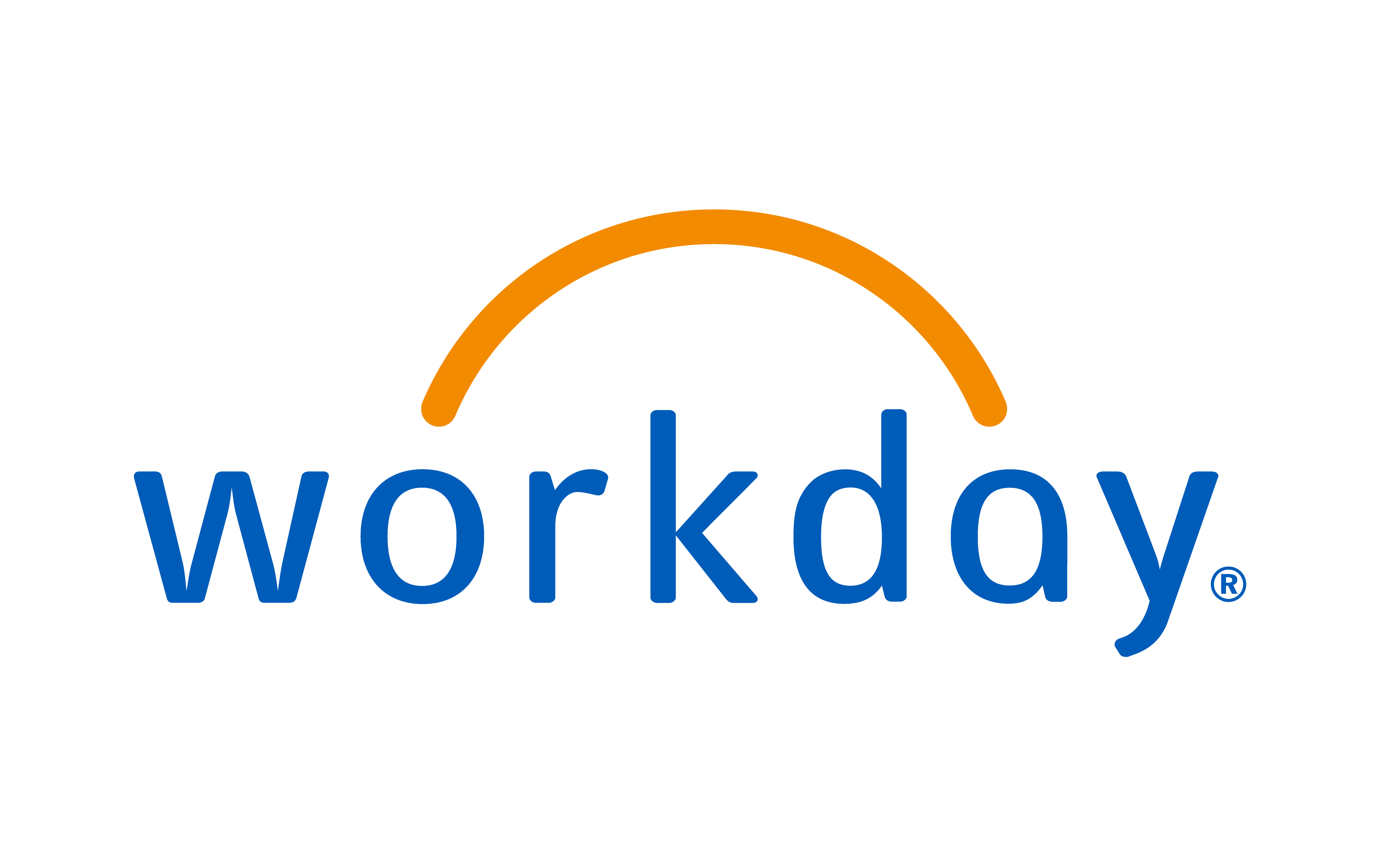
The separation of the chairman and chief executive roles has been widely debated in business circles. There are those who believe that separating the roles prevents one person from wielding too much power (in fact, this is the UK’s reason for implementing this practice under the Combined Code). The other camp believes that there are situations and organisations in which a combined chairman/CEO can be more beneficial than two individuals.
If the decision to separate the roles is taken, though, then how are they divided? Both at the pinnacle of their executive and non-executive careers, the CEO and chairman have defined roles with the organisation. In short, the CEO runs the business and the chairman runs the board – any crossover can spell disaster for the organisation.
“The CEO is responsible for the daily running of the business. That means the people (ie, employees, customers, press, shareholders) and the implementation of strategy. The buck stops with the CEO in terms of performance and reputation. However, he/she doesn’t have the power under current governance to authorise strategy. This must be discussed with the chairman and the rest of the board,” says Helen Alexander, former CEO of The Economist Group, current President of the CBI and NED at Centrica and Rolls-Royce plc.
The chairman is charged with running the board, and should not be involved in the day-to-day running of the organisation. “The chairman has to ensure that the board has a good relationship with the chief executive, leaving him/her to run the business. It's not fair for a CEO to have to spend too much time worrying about the board,” says Alison Carnwath, Chairman of Land Securities.
This relationship between the two individuals sets the tone and culture for the entire organisation - their harmony is vital for a company to be well run.
“A good relationship between these two is critical because any diffirence at that level sets the tone for the rest of the organisation - if it is running seamlessly, it sets a marvellous tone for the organisation as a whole. It's also a case of two heads being better than one - the whole is greater than the sum of the parts. That's a powerful message, both inside and outside the organisation,” says Ian Harley, Former CEO of Abbey National and current NED and Audit Committee Chairman at John Menzies plc.
The basis of the relationship begins with who was in their respective role first. Many believe that, ideally, the chairman should come first and appoint, or be part of the appointment process of, the CEO. It is much easier for the chairman to believe in somebody that he/she appoints than someone he/she ‘inherits’.
Once the chief executive and chairman are established in their roles, a trusting relationship must be built. Sometimes deemed a ‘critical friend’, the chairman has to challenge the CEO, yet still be his/her sounding board and counsel through the difficult times.
“A private role of the chairman is to be a sounding board for the CEO – to be able to talk through difficult issues with him/her. Giving courage and support to the CEO is important because very often he/she is trying to push in a direction and finding resistance. One of the most valuable things the chairman can do is ring up and say, ‘Keep doing what you’re doing, you’re doing the right thing,’” says Helen.
The chairman and chief executive are bound to have a closer relationship with each other than the chief executive has with other board members. “A strong relationship between chairman and CEO means that the things that can't be discussed in the boardroom (due to agenda driven board meetings) can be aired between them in a way that foresees the possible issues and crises, and heads them off. One shouldn't forget the advice that a chairman should be able to impart, as there are some tough decisions that chief executives want to talk through. The chairman should be involved in all those tough decisions going through to the board,” says Alison.
Ian believes that the chairman and CEO must have mutual respect and an appreciation for their respective roles. “They must understand what the other is trying to do and what he/she is charged with doing. Openness, honesty and, above all, trust. When trust goes, it all goes and the relationship is doomed.”
Nevertheless, this does not mean a mutual stroking of egos should be taking place. Helen believes that the relationship should not be based on blind trust - it must have healthy challenge as well as support.
It is natural to believe that once a CEO is ready to retire they would step into the role of chairman, however, according to Ian, CEOs don’t necessarily make the best chairmen, as the roles are very different. Most CEOs get used to leading the pack as well as leading the opinion of that pack. “This is absolutely taboo for a chairman,” says Ian. “Chairmen cannot lead with their opinions, and it is very difficult for CEOs to disguise their thoughts.”
Ian, as do most headhunters, believes that CFOs can make better chairmen than CEOs as there is much negotiation and diplomacy involved in the former’s role that the latter never sees.
Deborah Loudon, Partner at the search firm Saxton Bampfylde, says, “Many successful CEOs go on to be excellent chairs but this should not obscure the fact that the skills are different and a degree of humility and willingness to learn is needed for those switching from an executive to a non-executive role. A chair adds value by offering wise advice, extending networks, supporting and challenging when necessary.
Above all a chair cannot interfere in the day-to-day business and needs to judge carefully when, and how forcefully, to express concern. This can be frustrating for those used to directing operations but, done well, the wisdom of those who have been there themselves in a different context has the potential to bring enormous benefits.”
Please get in touch if you have any comments about the issues in today's update.
I hope to see you soon,
Matthew










 (002).png)















